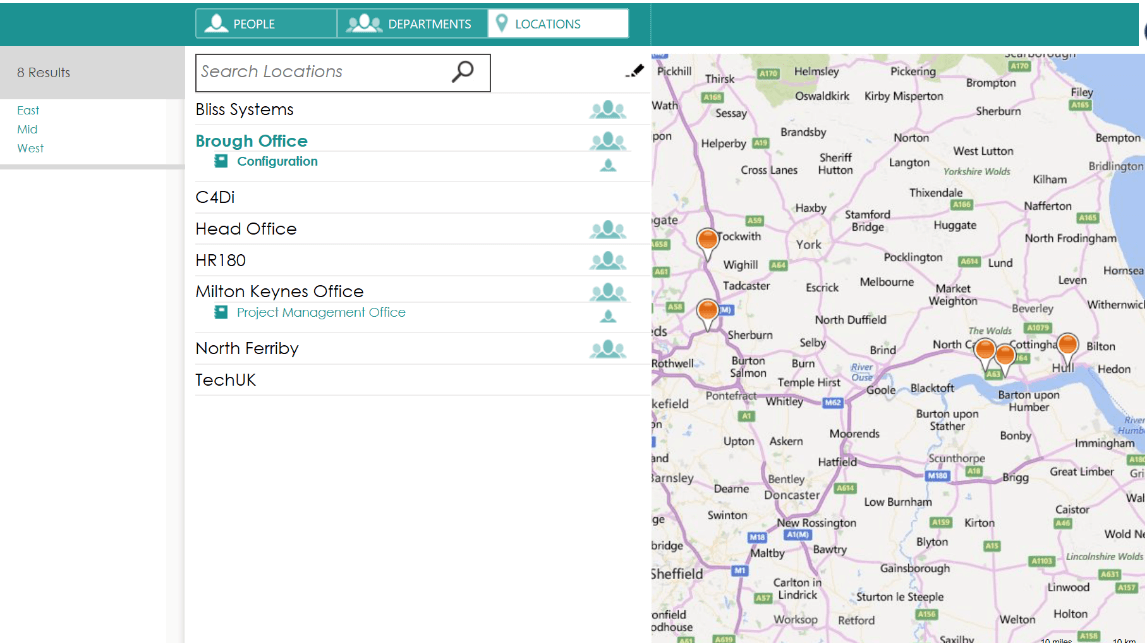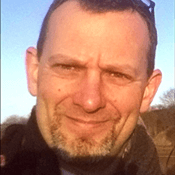Assuming the provocative title has piqued your interest into reading the first paragraph, then let me explain… I actually believe that people are the heart of an organisation, but organisations are more than just people. Of course there are all the elements of WHAT an organisation does, HOW it does it and a whole bunch of very important stuff about principles, culture, purpose – the WHY of an organisation (see the excellent talk by Simon Sinek:http://www.ted.com/talks/simon_sinek_how_great_leaders_inspire_action).
However organisations are also shaped by more physical considerations WHERE they are and how their departmental STRUCTURE manifests itself and these interact strongly with people. In short it is important to address people, place and department. As we become more flexible in our working habits, as we collaborate more commonly outside our immediate colleagues and with boundaries of our working locations becoming fuzzy this sense of people, place and team is increasingly important; it impacts the logistics of our working days and it affects our tendency to collaborate effectively within the culture of our organisations.
We have seen many attempts at staff directories, from the horrendous paper versions of old to digital directories, whether provided through Outlook, web portals, CRM etc. However, almost without exception, there has been little effort to link people to the teams and departments they work in and the places they are most likely to be found. Phil Crofts has some interesting things to say on the subject of Directories: https://www.cloud2.co.uk/getting-to-know-you/
Even small organisations have this need – in my ~20 person company we identified 8 distinct locations, 15 functional teams. In larger organisations these run to dozens or hundreds. Small or large, knowing about the physical ‘shape’ of the organisation and how their colleagues are placed in that shape is an important part of the sense of community; it’s also handy when planning meetings or making travel plans.
Although traditional staff directories often list departments and even have location addresses, these do little to actively connect the dots, showing how People are part of teams and work in places; how Places host Departments and are clustered or distant from each other on a map; how Departments are concentrated or diffused around their team members and office locations.

About the Author:
 Simon Hudson is an entrepreneur and health sector specialist. He formed Cloud2 in 2008 following a rich career in the international medical device industry and the IT industry. Simon’s background encompasses quality assurance, medical device development, international training, business intelligence and international marketing and health related information and technology. Simon created Cloud2, with colleague and co-director, Taran Sohal, in response to an evident need the NHS has for a partner committed to helping them deliver successful projects based on Microsoft SharePoint. Simon has had a rich career spanning both the UK and the international health industry, with roles that have included quality system auditing, medical device development, international training (advanced wound management) and international marketing. Upon joining ioko in 2004 he created the Carelink division and, as General Manager, drove it to become a multi million pound business in its own right.
Simon Hudson is an entrepreneur and health sector specialist. He formed Cloud2 in 2008 following a rich career in the international medical device industry and the IT industry. Simon’s background encompasses quality assurance, medical device development, international training, business intelligence and international marketing and health related information and technology. Simon created Cloud2, with colleague and co-director, Taran Sohal, in response to an evident need the NHS has for a partner committed to helping them deliver successful projects based on Microsoft SharePoint. Simon has had a rich career spanning both the UK and the international health industry, with roles that have included quality system auditing, medical device development, international training (advanced wound management) and international marketing. Upon joining ioko in 2004 he created the Carelink division and, as General Manager, drove it to become a multi million pound business in its own right. 










